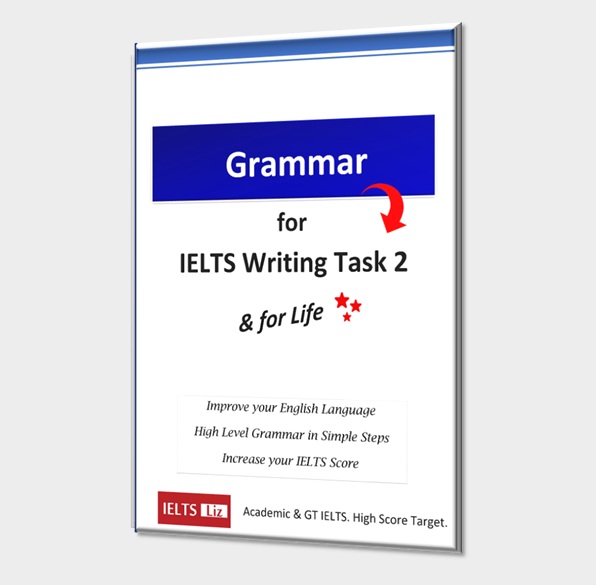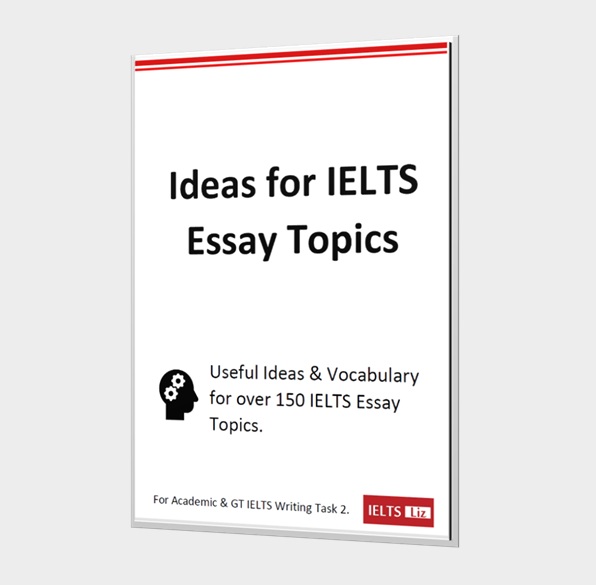Below is a model IELTS complaint letter which is estimated at band score 9. People taking the GT writing paper will be expected to write a letter for their writing task 1. That letter should be over 150 words. Complaint letters are one of the most common types of letters that you can be expected to write. This letter topic has appeared a number of times in the IELTS test.
You bought a TV a week ago but when you got home you discovered it did not work properly. You called customer service to report the problem but you have not yet received any help.
Write a letter to the company and in your letter:
- introduce yourself
- explain the problem
- and state what action you would like from the company
Model IELTS Complaint Letter Band 9
The letter below will show you how to organise information into paragraphs and extent information to create a high band score IELTS complaint letter. Note that this is a long letter. People who are below band 9 should not aim for this. It is usually better to aim between 170 and 190 words. Long letters also don’t increase your score. However, I wanted to show you examples of how ideas can be expanded and for this reason, this sample letter is longer than normal.
Dear Sir or Madam,
I am writing this letter to report the faulty TV that I purchased from your company on Tuesday last week.
My name is John Davidson and I am one of your frequent customers. I live in Woodstock and have been using your services and buying your products for the last 11 years.
On Tuesday, 12th June, I visited your store to purchase a TV. I bought a Toshiba LED TV which has the code 40L675B40. On purchasing this TV, I was assured that this was the latest model and the best there was to buy. However, when I got home I discovered that not only did the remote controls not work but also the quality of the picture was not as good as promised, in fact it was quite blurry. I called your customer service department immediately on Tuesday and they assured me that my TV would be replaced or fixed within two days. I am disappointed to say that this has not happened and I have received no communication since then.
I am exceedingly displeased with both the quality of the product I purchased from your company as well as the poor service I have received since. I hope this problem will be resolved promptly. I expect to receive a replacement TV or have my current TV repaired but only if it could be fixed within a day.
I look forward to hearing back from you immediately.
Yours faithfully,
Mr J H Davidson
Recommended for GT IELTS Writing Task 1
Click below:
Essential Tips for IELTS GT Letters: Writing Task 2
Practice IELTS Letters to practice at home
.





